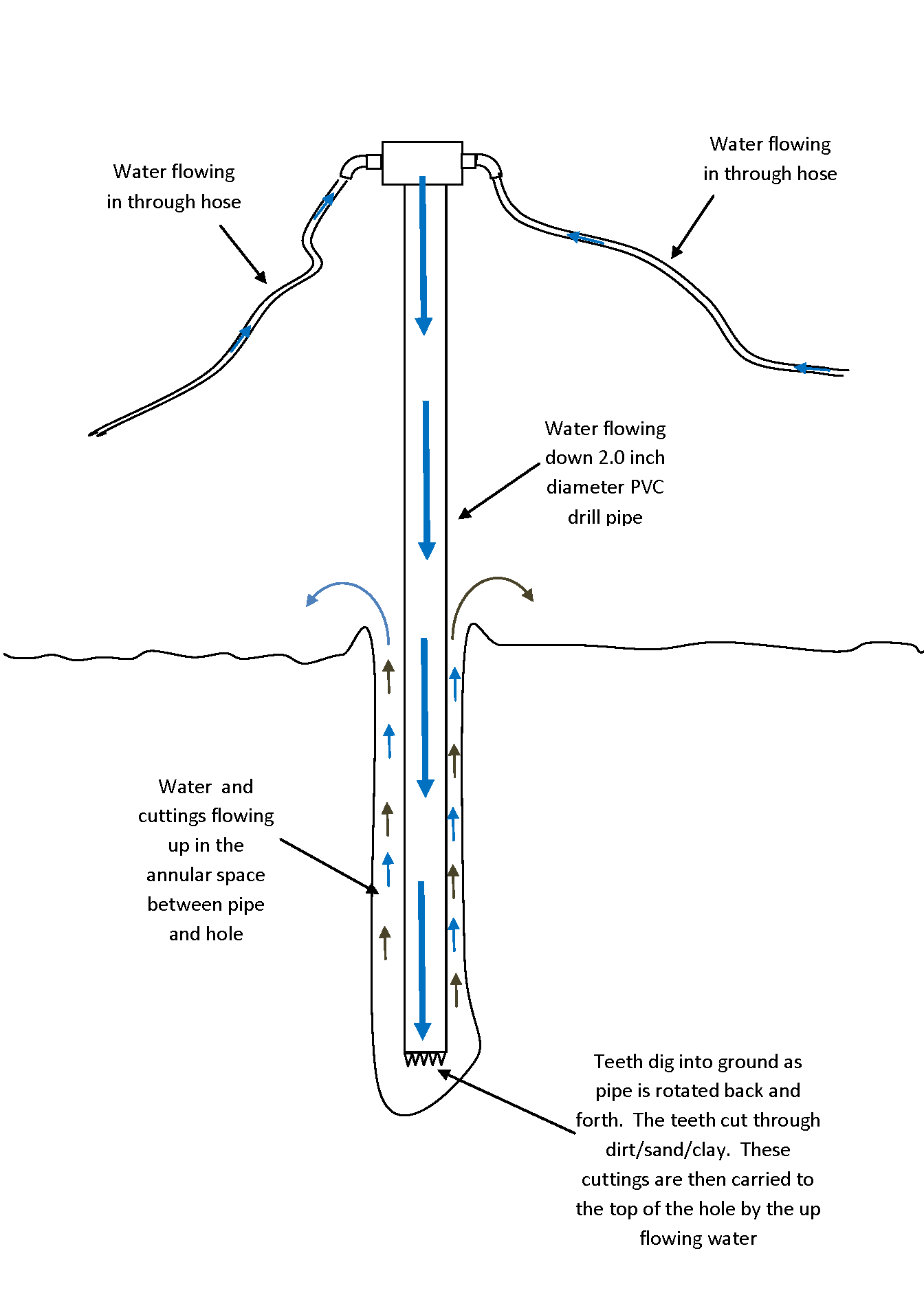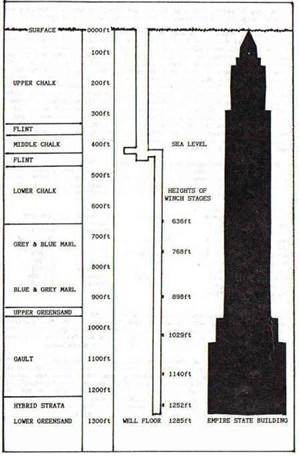
 1
1








![Filename: well-water-drill-1.jpg
Description: [Thumbnail for well-water-drill-1.jpg]](/t/25013/a/9124/well-water-drill-1.jpg)
![Filename: well-water-drill-2.jpg
Description: [Thumbnail for well-water-drill-2.jpg]](/t/25013/a/9125/well-water-drill-2.jpg)
My books, movies, videos, podcasts, events ... the big collection of paul wheaton stuff!




My books, movies, videos, podcasts, events ... the big collection of paul wheaton stuff!




My books, movies, videos, podcasts, events ... the big collection of paul wheaton stuff!
 1
1




paul wheaton wrote:Once the trac hoe is up there, I think it would be good to dig a couple of holes to get an idea of what the underground water situation is.
"You must be the change you want to see in the world." "First they ignore you, then they laugh at you, then they fight you, then you win." --Mahatma Gandhi
"Preach the Gospel always, and if necessary, use words." --Francis of Assisi.
"Family farms work when the whole family works the farm." -- Adam Klaus




 1
1








Kelly Kitchens wrote:Do you know the water table depth out on TL?
My books, movies, videos, podcasts, events ... the big collection of paul wheaton stuff!
 1
1








 3
3




A human being should be able to change a diaper, plan an invasion, butcher a hog, conn a ship, design a building, write a sonnet, balance accounts, build a wall, set a bone, comfort the dying, take orders, give orders, cooperate, act alone, solve equations, analyze a new problem, pitch manure, program a computer, cook a tasty meal, fight efficiently, die gallantly. Specialization is for insects.
-Robert A. Heinlein




My books, movies, videos, podcasts, events ... the big collection of paul wheaton stuff!
 1
1




A human being should be able to change a diaper, plan an invasion, butcher a hog, conn a ship, design a building, write a sonnet, balance accounts, build a wall, set a bone, comfort the dying, take orders, give orders, cooperate, act alone, solve equations, analyze a new problem, pitch manure, program a computer, cook a tasty meal, fight efficiently, die gallantly. Specialization is for insects.
-Robert A. Heinlein
 1
1




Jay Grace wrote:Are there any plans for a well? Drilled or hand dug
 3
3




My books, movies, videos, podcasts, events ... the big collection of paul wheaton stuff!




A human being should be able to change a diaper, plan an invasion, butcher a hog, conn a ship, design a building, write a sonnet, balance accounts, build a wall, set a bone, comfort the dying, take orders, give orders, cooperate, act alone, solve equations, analyze a new problem, pitch manure, program a computer, cook a tasty meal, fight efficiently, die gallantly. Specialization is for insects.
-Robert A. Heinlein








"We're all just walking each other home." -Ram Dass
"Be a lamp, or a lifeboat, or a ladder."-Rumi
"It's all one song!" -Neil Young




A human being should be able to change a diaper, plan an invasion, butcher a hog, conn a ship, design a building, write a sonnet, balance accounts, build a wall, set a bone, comfort the dying, take orders, give orders, cooperate, act alone, solve equations, analyze a new problem, pitch manure, program a computer, cook a tasty meal, fight efficiently, die gallantly. Specialization is for insects.
-Robert A. Heinlein









My books, movies, videos, podcasts, events ... the big collection of paul wheaton stuff!
 1
1





My books, movies, videos, podcasts, events ... the big collection of paul wheaton stuff!




My books, movies, videos, podcasts, events ... the big collection of paul wheaton stuff!




![Filename: settling-pond.png
Description: [Thumbnail for settling-pond.png]](/t/25013/a/9221/settling-pond.png)
My books, movies, videos, podcasts, events ... the big collection of paul wheaton stuff!




My books, movies, videos, podcasts, events ... the big collection of paul wheaton stuff!




 1
1




A human being should be able to change a diaper, plan an invasion, butcher a hog, conn a ship, design a building, write a sonnet, balance accounts, build a wall, set a bone, comfort the dying, take orders, give orders, cooperate, act alone, solve equations, analyze a new problem, pitch manure, program a computer, cook a tasty meal, fight efficiently, die gallantly. Specialization is for insects.
-Robert A. Heinlein













My books, movies, videos, podcasts, events ... the big collection of paul wheaton stuff!




A human being should be able to change a diaper, plan an invasion, butcher a hog, conn a ship, design a building, write a sonnet, balance accounts, build a wall, set a bone, comfort the dying, take orders, give orders, cooperate, act alone, solve equations, analyze a new problem, pitch manure, program a computer, cook a tasty meal, fight efficiently, die gallantly. Specialization is for insects.
-Robert A. Heinlein








.jpg)


 1
1









paul wheaton wrote:Mud pump
Here is one at amazon:
link




 2
2




Permaculture Designer and Educator
ISA Certified Arborist #WE 7805A
Licensed Nurseryman
www.permacultureintl.com
www.sborganics.com




 1
1




My books, movies, videos, podcasts, events ... the big collection of paul wheaton stuff!








 1
1




some of what I'm up to: http://www.permies.com/t/34620/projects/acre

|
It is difficult to free fools from the chains they revere - Voltaire. tiny ad:
A PDC for cold climate homesteaders
http://permaculture-design-course.com
|







